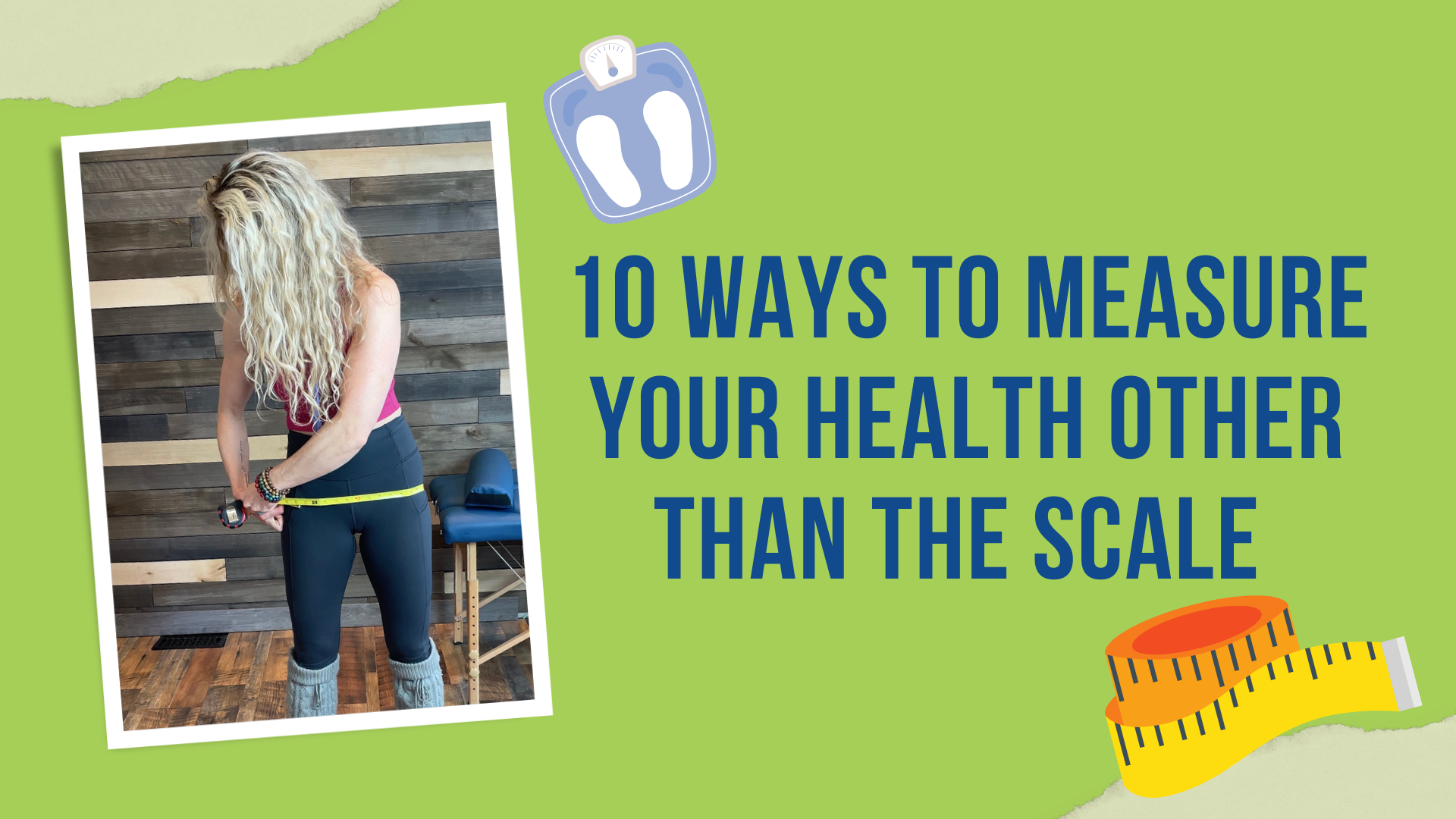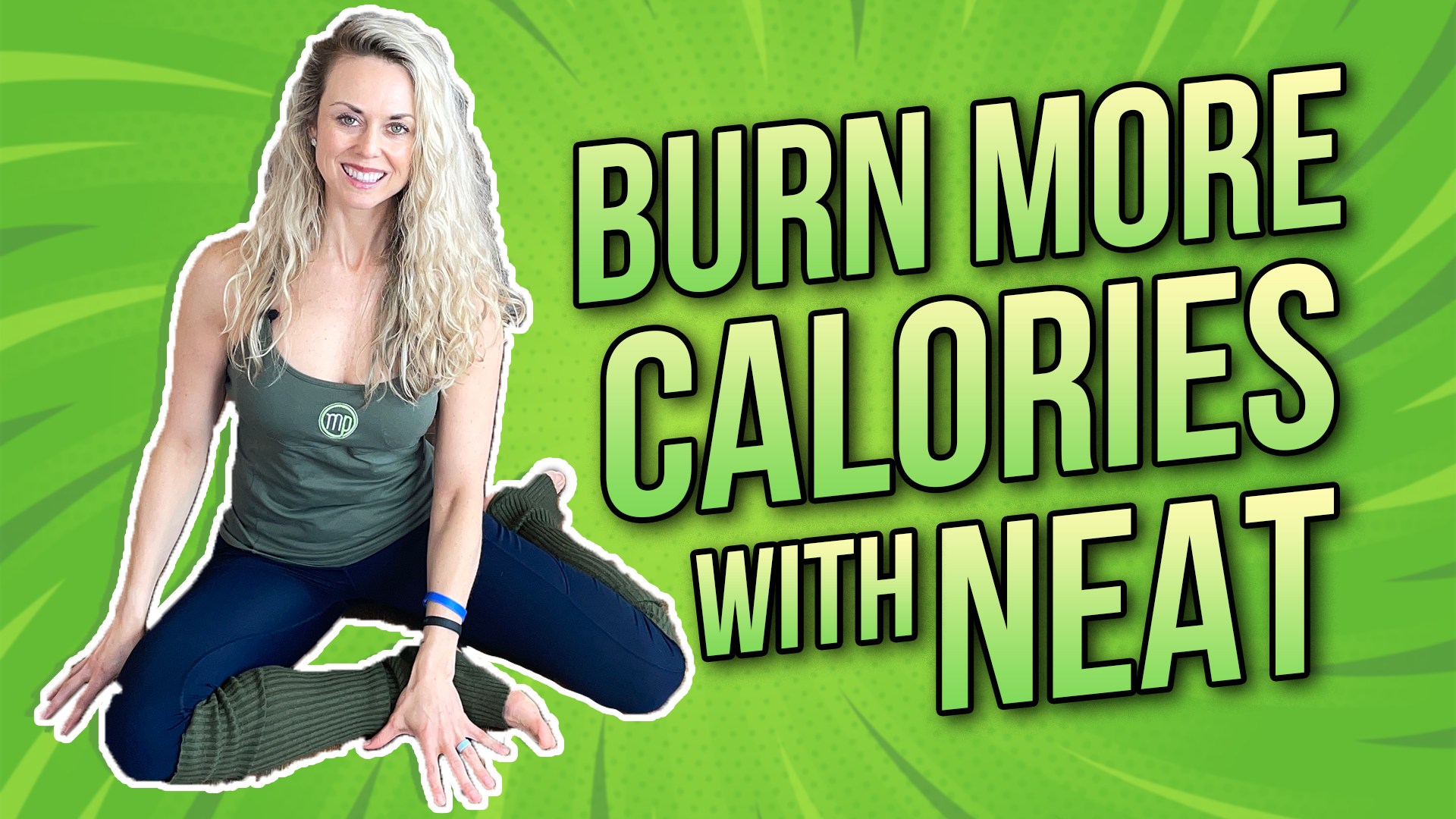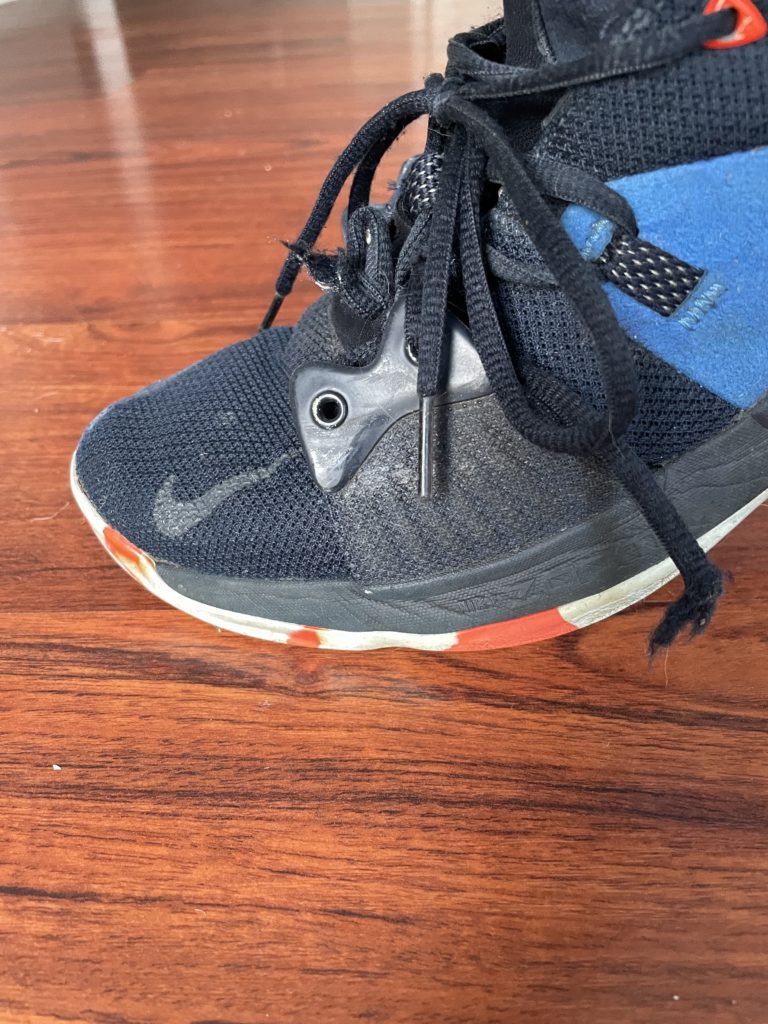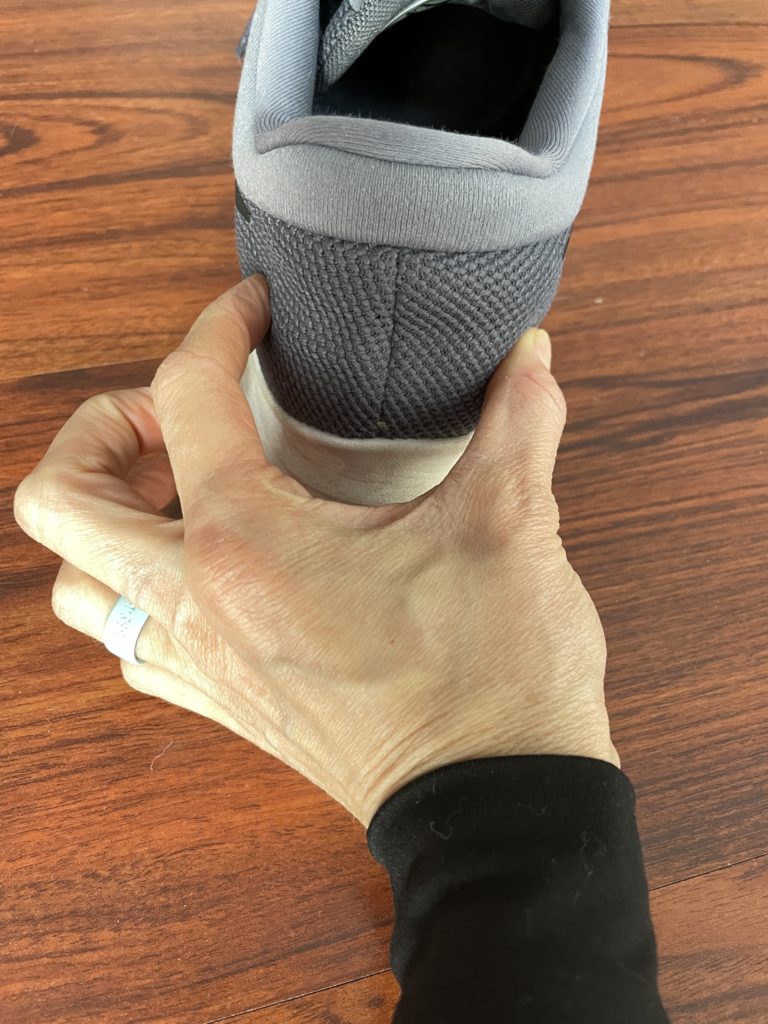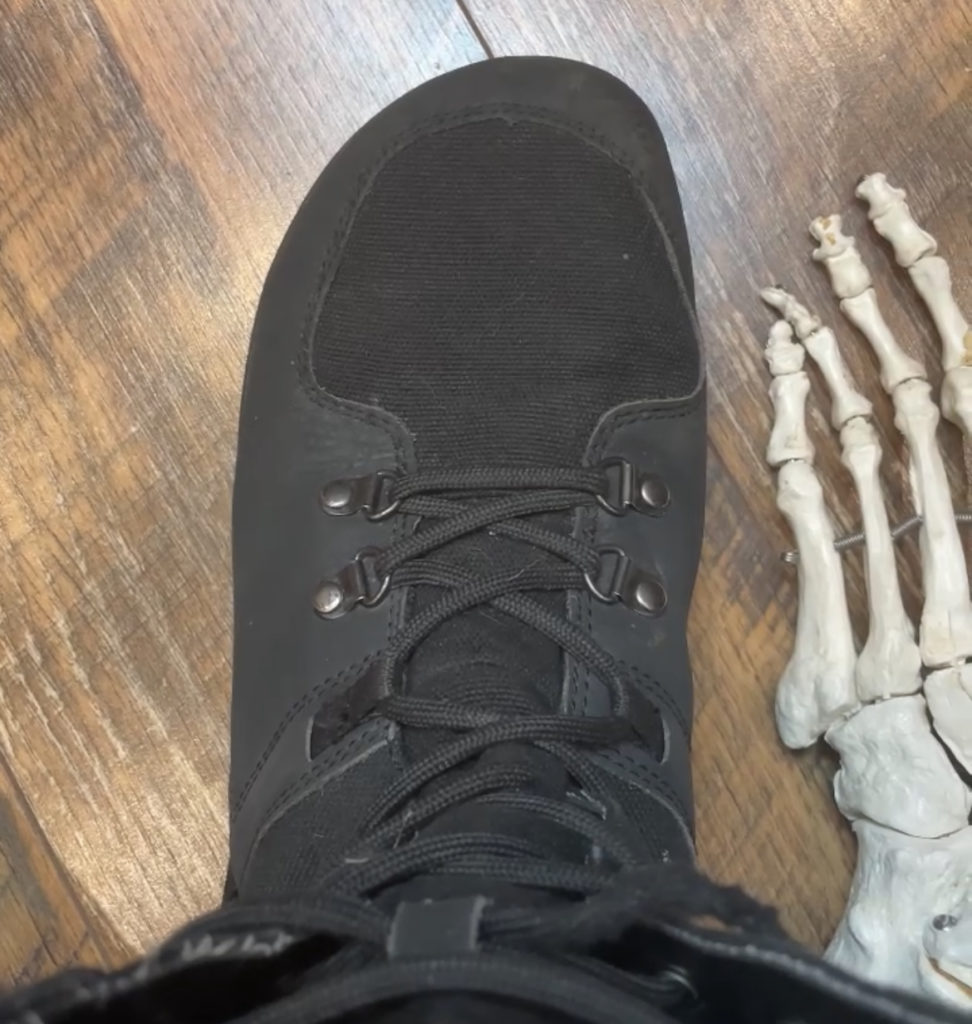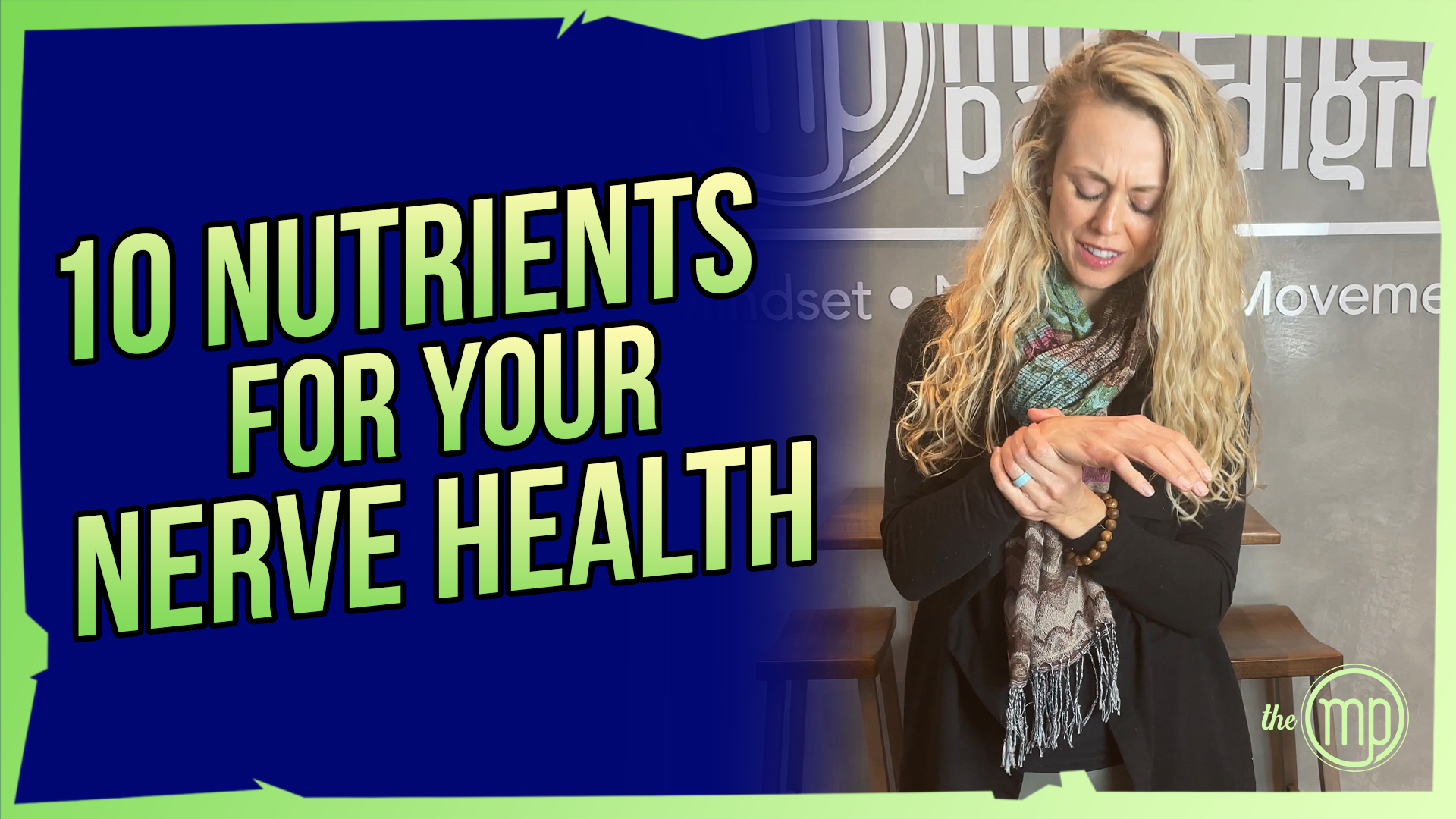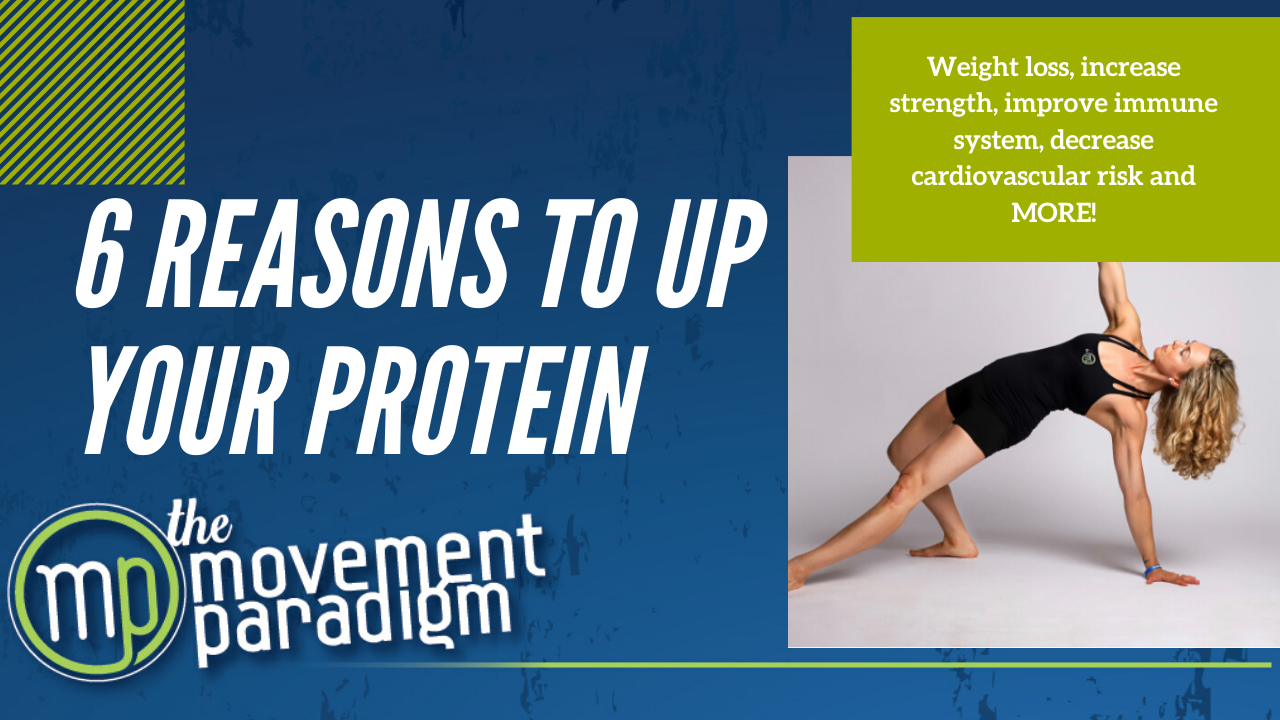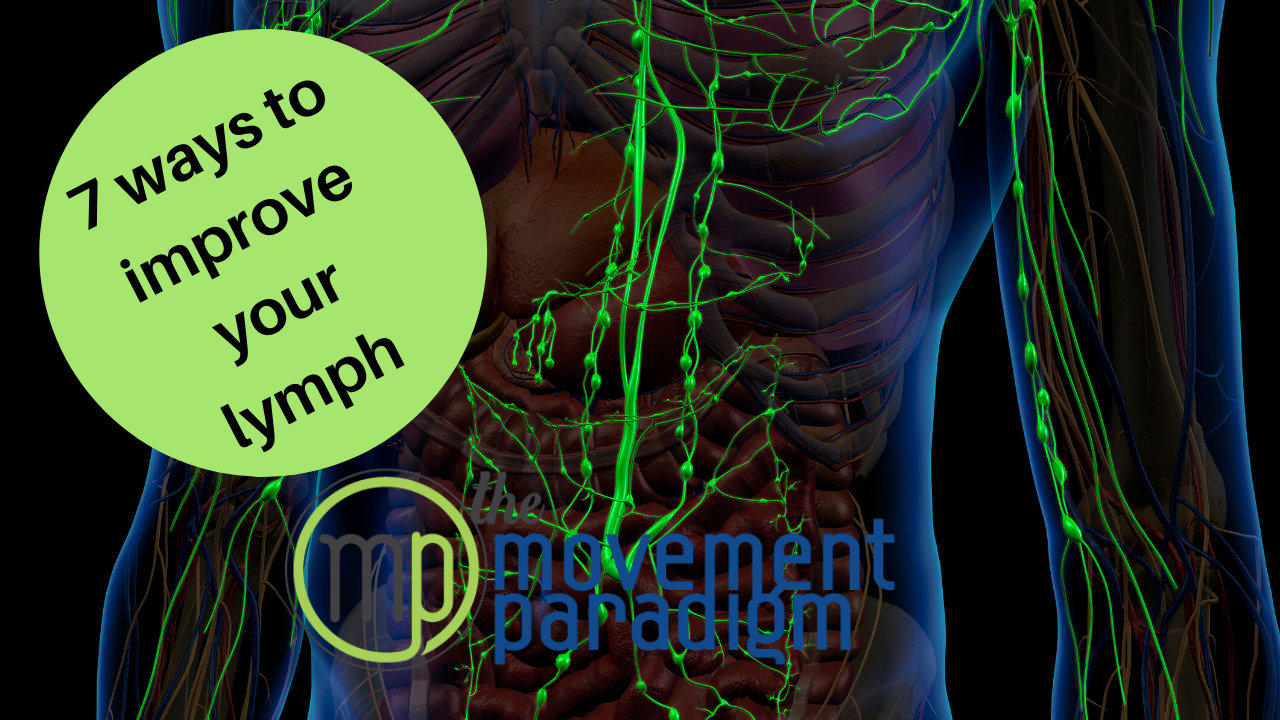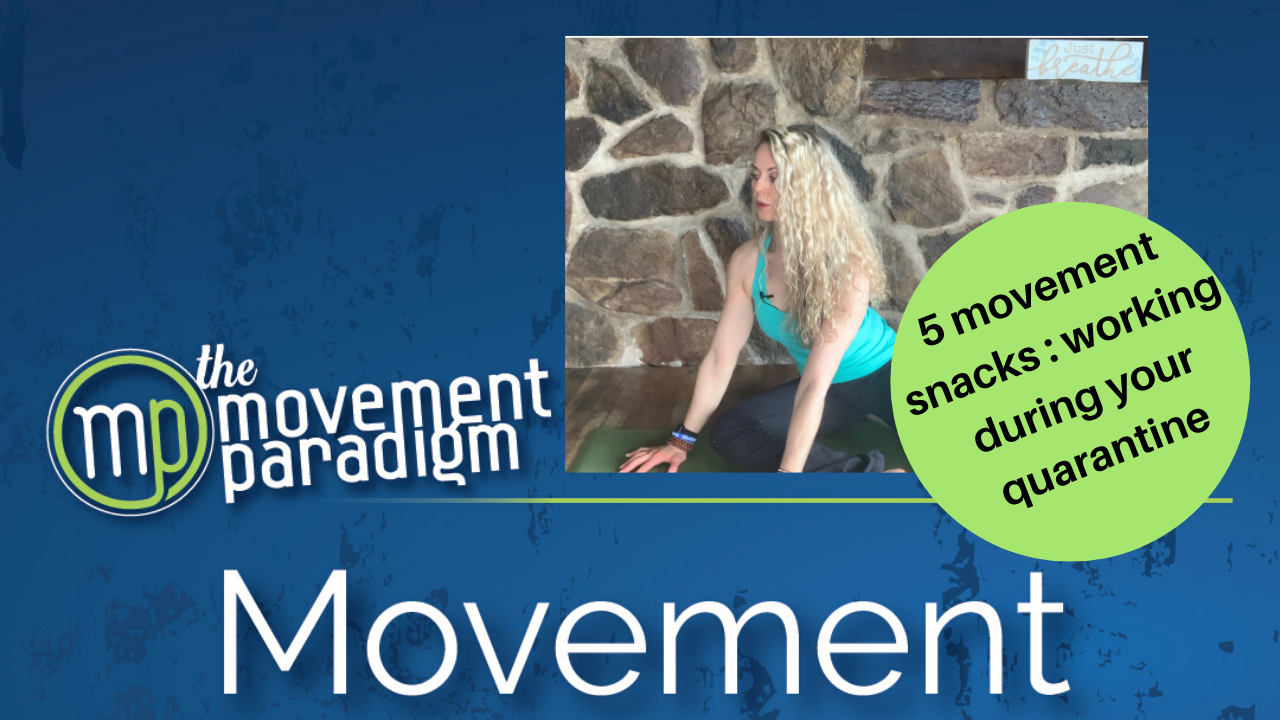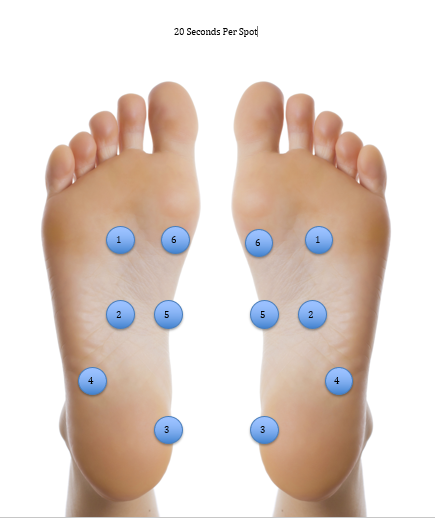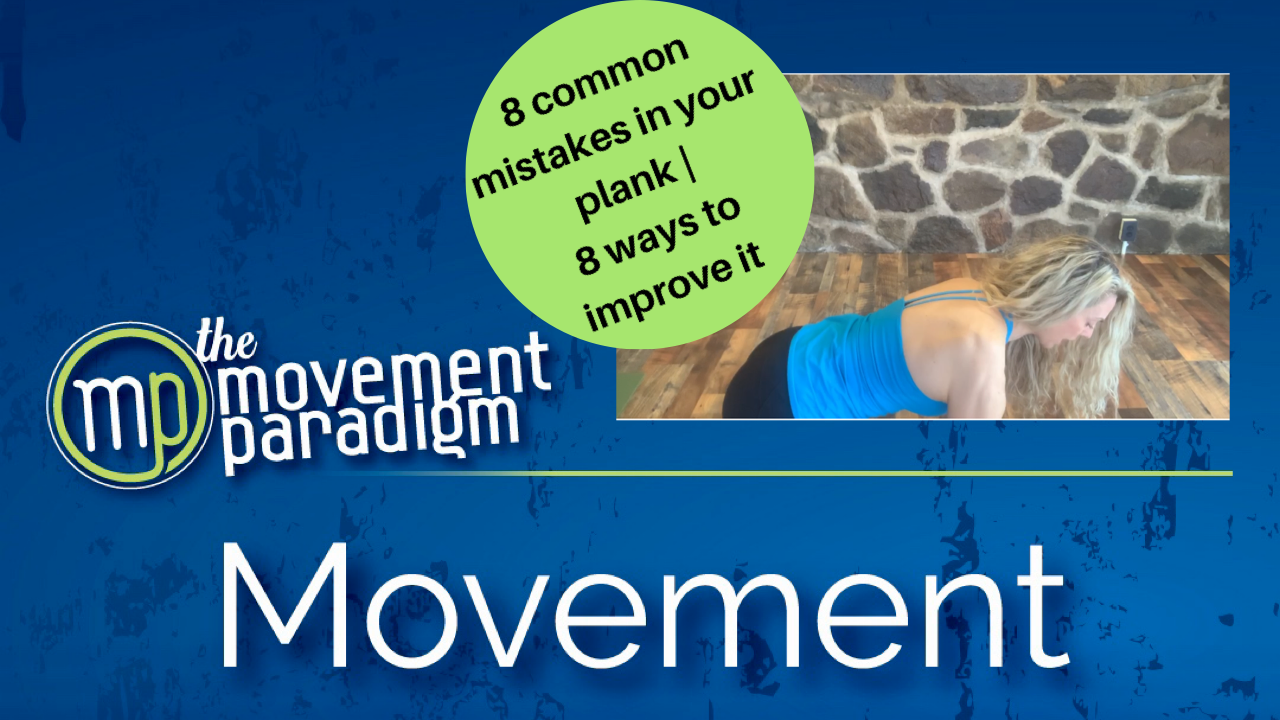How much power do you give the number on the scale? Do you know that there are so many other biomarkers of health that you can look at besides the number on the scale?
Rather watch or listen?
10 Biomarkers of Health
1. Waist Circumference
This is one of the most valuable ways to measure your health. Measure the mid-point between your iliac crest, the top of your hip bones, and the bottom of your ribcage. Greater than 35 inches for females and 40 inches for males would indicate that you are at increased risk of health issues, such as diabetes, heart disease, and other cardiometabolic issues.
2. Waist to Hip Ratio
The hip circumference is located at the greater trochanter, the bony prominence on the side of your leg. Then, calculate your waist to hip ratio. If it is .8 or greater for females or .9 or greater for males, that would indicate an increased health risk.
3. Body Fat Analysis
Certain modes of body fat testing are more reliable than others, such as DEXA scans, hydrostatic weighing, Bod Pods, and skinfold testing. If you have a very skilled practitioner at skinfold testing, that can be one of your easiest and more reliable ways to test it. Body fat analysis can tell you how much lean body mass and fat mass you have. It can also determine things like intracellular and extracellular water.
If you have increased extracellular water, for example, that can indicate that you may have increased inflammation. Your muscle is your organ of longevity. The more muscle you have, the higher your metabolism is, the leaner you are, and the less adipose tissue you have. Adipose is an inflammatory tissue. Using body fat as an assessment is an outstanding way to measure your overall health and longevity.
4. Body Mass Index
Body Mass Index is equivalent to your weight in pounds divided by your height in inches, multiplied by 703. The ideal range should be 18 to 25 for men and women. This is a great overall assessment, especially if you are overweight, however, if you have increased lean body mass then this is not the best measure for you.
5. Hair Assessment
Is your hair dry? Is it breaking? Are you losing hair or getting premature grays? Things like dandruff and hair thinning can be associated with decreased essential fatty acids. You can have protein deficiencies and/or zinc deficiencies that contribute to things like alopecia. You want to think about what is the quality of your hair. Is it thinning? That can be associated with medical conditions like hypothyroidism. If you notice changes in your hair then you should suspect that something is going on in your body, such as nutrient deficiencies or other health conditions.
6. Nail Assessment
Are your nails dry? Are they brittle or cracked? Do they have longitudinal lines or transverse lines? Are they spooning? Spooning nails can indicate koilonychia which can indicate a protein or vitamin B12 deficiency. White spots on your nails that aren’t associated with trauma can be associated with a zinc deficiency. Looking at your nails and your nail health can give you so much insight into your overall health.
7. Mouth Assessment
Are you having any decay? Are you having any discoloration? Something like a Burtons line, a dark line along the bottom of the gum that could be associated with heavy metal toxicity. Are you having periodontal issues that can potentially indicate some type of bacterial overgrowth and also numerous vitamin deficiencies such as A, D, and E? Burning mouth syndrome, which is exactly how it sounds, can be associated with a vitamin B12 deficiency. So, it’s important to monitor your teeth for any changes.
8. Tongue Assessment
Different fissures along the tongue can indicate digestive insufficiencies, such as central, longitudinal, transverse, and lambda fissures. A lambda fissure, like a zigzag, can suggest an upregulated GALT, gut-associated lymphoid tissue. It can also signify decreased pancreatic elastase enzymes and potentially hydrochloric acid deficiency. You can even see on your tongue if there’s a coating. This can be graded 1 through 4, depending on the number of anaerobic bacteria on your tongue. In summary, there is a lot of information on your tongue.
9. Skin Assessment
Do you have dry skin, eczema, or dermatitis? All these things can be associated with some type of inflammatory driver. They can also commonly be associated with essential fatty acid, zinc, and sometimes vitamin C deficiencies.
10. Peripheral Nerves
Restless legs and peripheral neuropathy should prompt you to dig deeper. Of course, you can have chemotherapy-induced neuropathy and diabetic neuropathy. Diabetic neuropathy, of course, results from insulin resistance. Many times, it can be driven by vitamin deficiencies. There are many ways to improve nerve health.
In summary, there is more to health than just the number on the scale. This is just scratching the surface of a physical nutrition examination to help you understand that there are so many biomarkers of health.
We are happy to help, so please reach out. We do virtual and in-person consultations, so we’d love the opportunity to help you on your journey. If this was helpful, give it a share and make sure to subscribe to our YouTube channel, The Movement Paradigm, for weekly tips on mindset, nutrition, and movement.
Need help? Reach out for a 15-minute FREE discovery session to see how we can help you on your journey.

